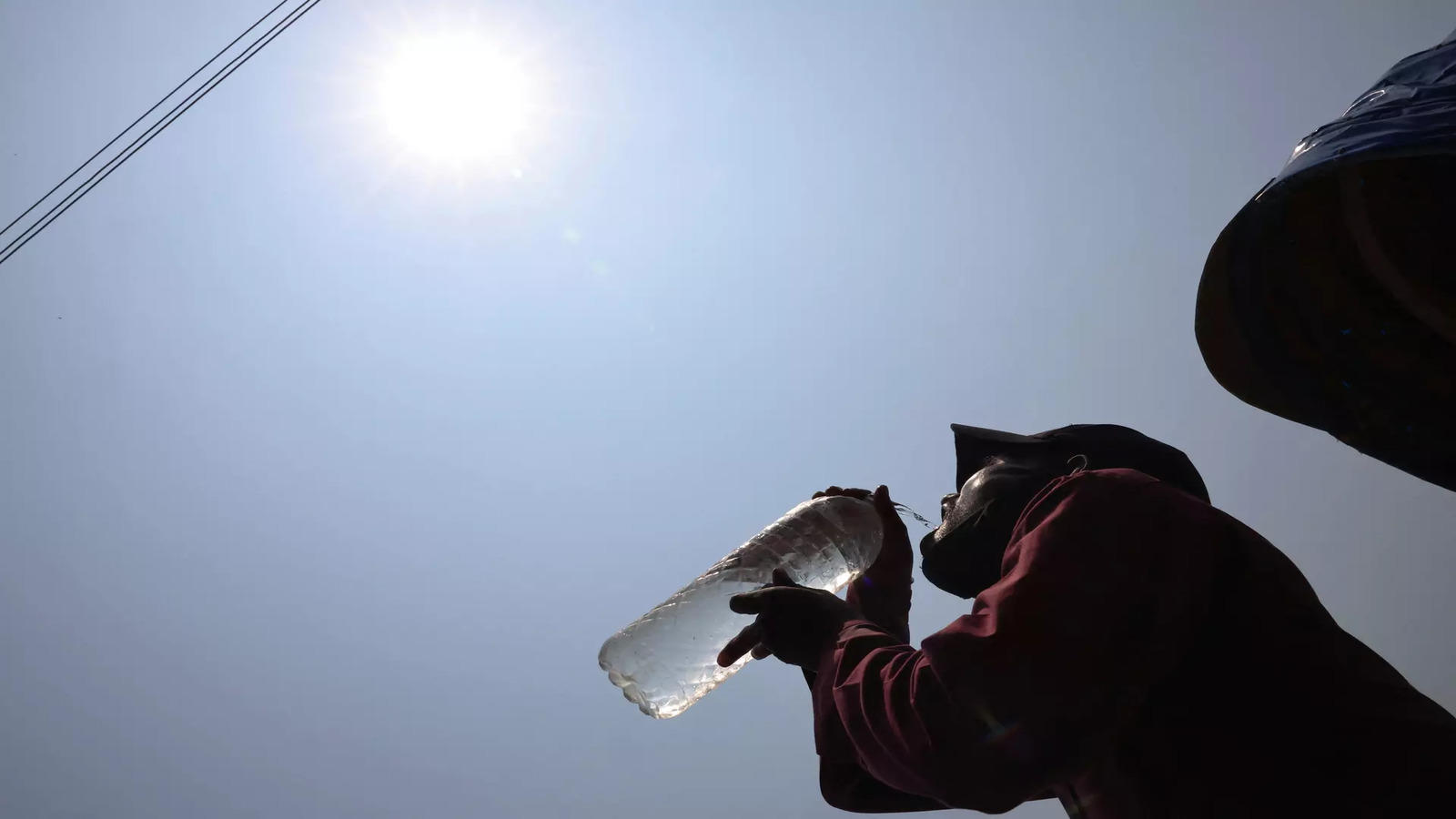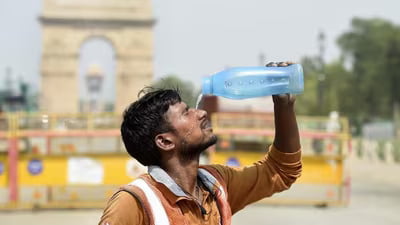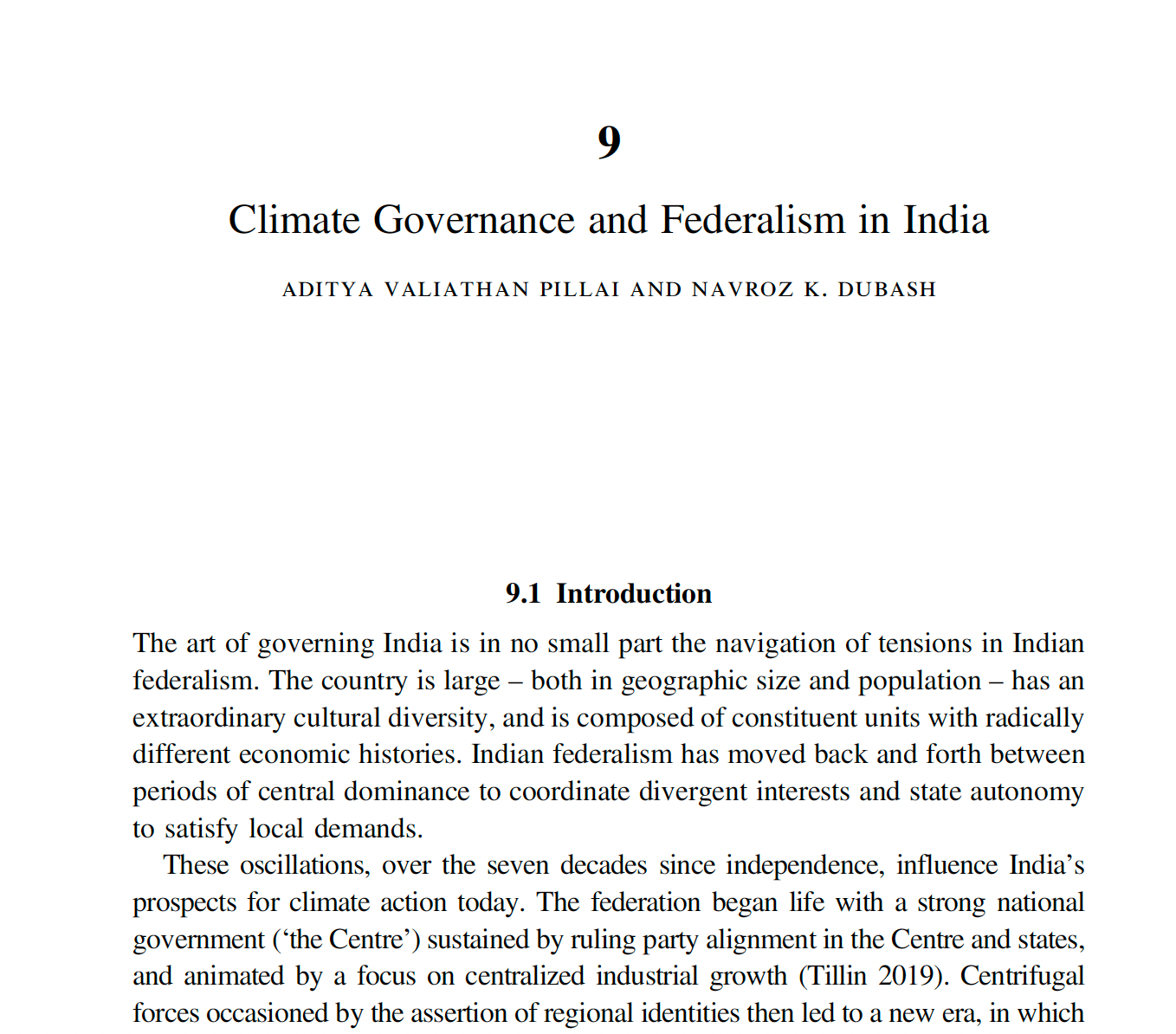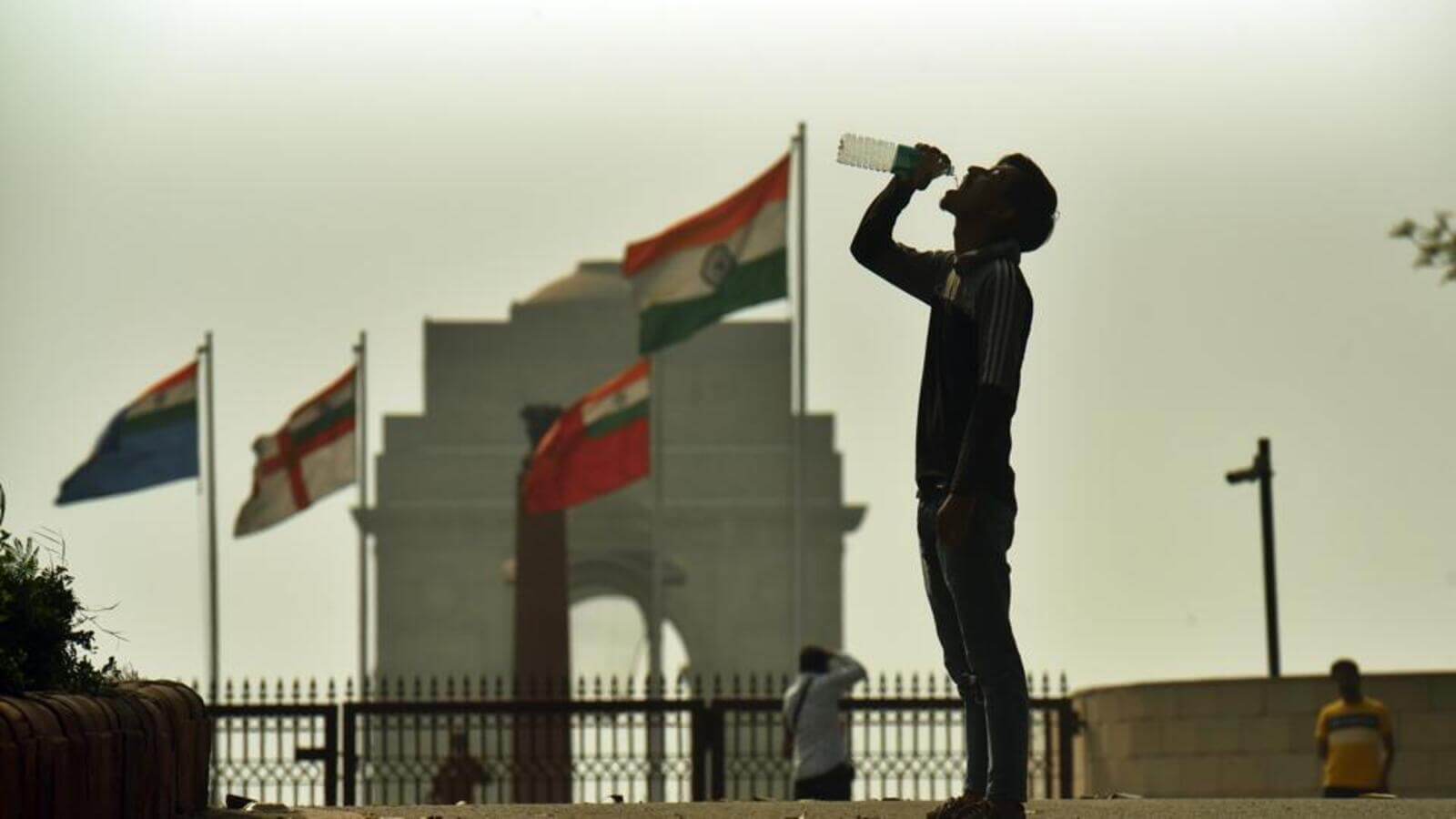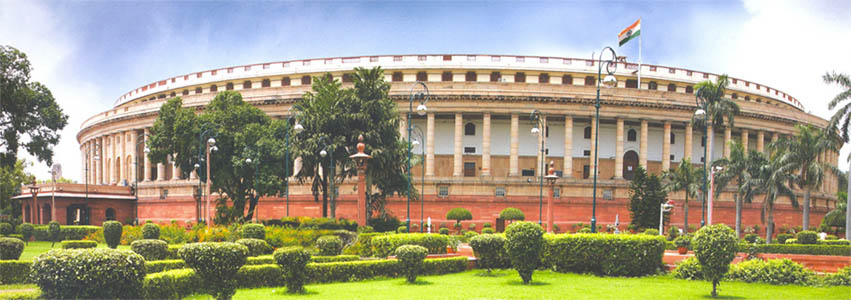Introduction
Climate projections and the lived reality of weather events drive calls for urgent and concerted attention to climate adaptation. But what does this mean in practice? Indeed, seen through a conservative lens, one could quite convincingly argue that India and several other climate vulnerable countries have a long and storied history of reducing disaster mortalities in some areas. They should – in theory – be able to build sufficient reactive capacity to deal with climate impacts. Both India and Bangladesh have, for example, used policy and awareness building tools to drastically reduce annual deaths due to cyclones. This perspective paper, however, argues that the scale and complexity of the climate challenge merits serious consideration of systemic change, and a re-examination of what is needed for economy and society to thrive in an era of frequent, and often ravaging, climate impacts.
This effort is particularly relevant to India’s present developmental moment. Three decades of sustained growth have established an economy characterised by expanded trade, infrastructural advances, and both greater wealth and inequality. This emergence coincides uneasily with alarming manifestations of a changing climate. India’s deep vulnerability to climate change is likely to worsen
as impacts become more frequent and intense in its teeming cities, along a 6100 km-long coastline, and across a mountain range that supplies water to a third of the world’s population. How does a modern economy simultaneously protect the gains of hardwon growth while climate-proofing the future? And, as the Indian state evolves, how should it shape itself to be appropriately responsive to these new threats?


